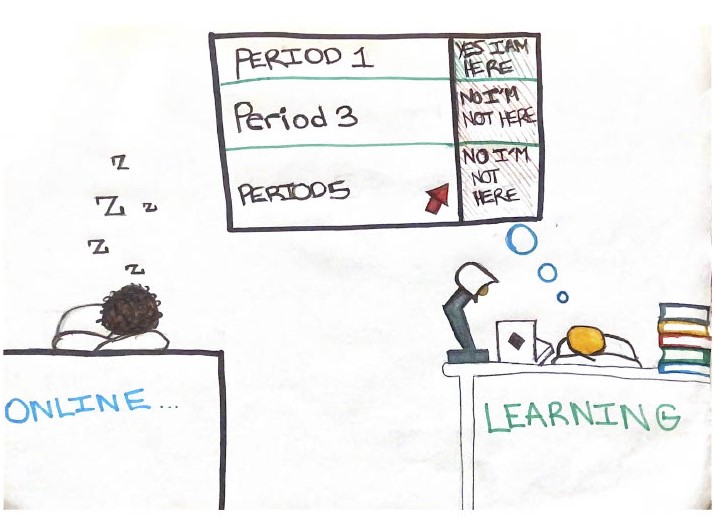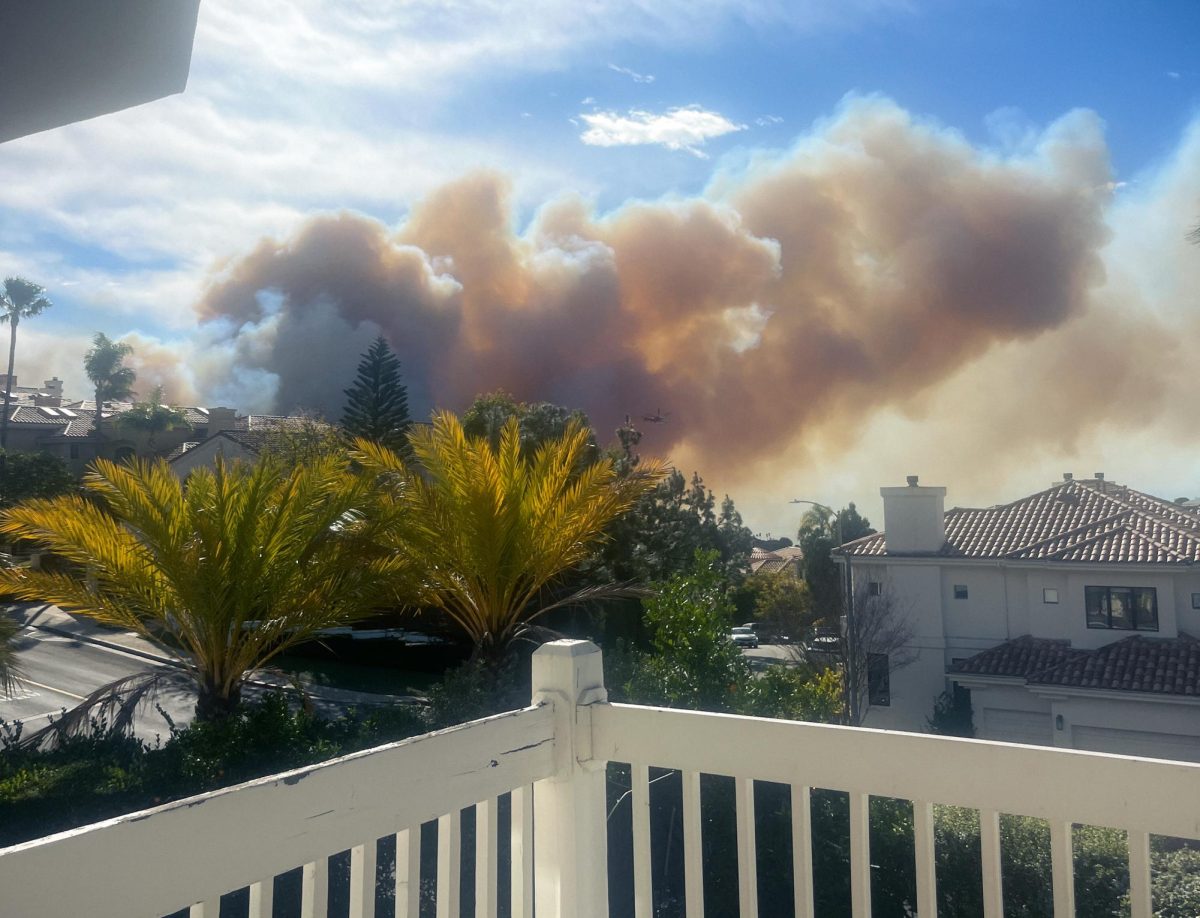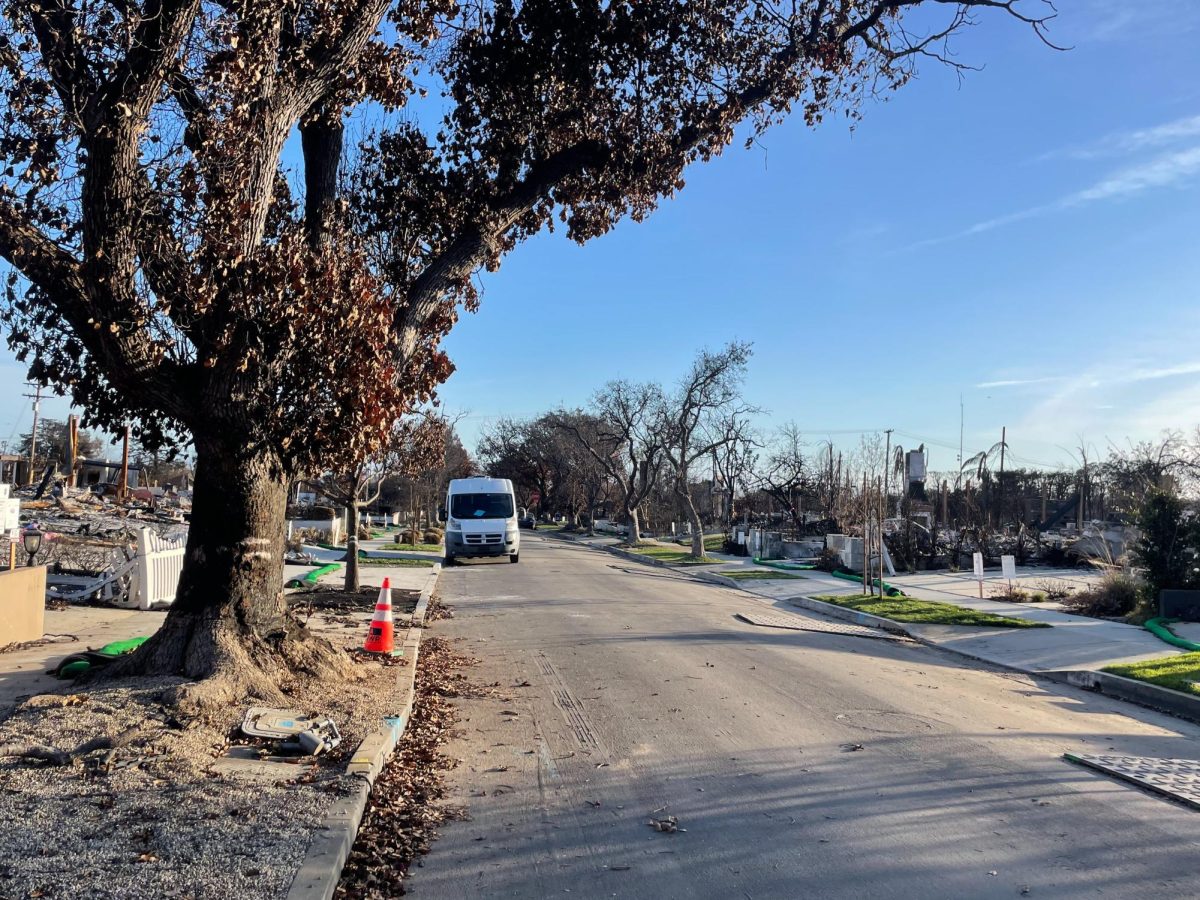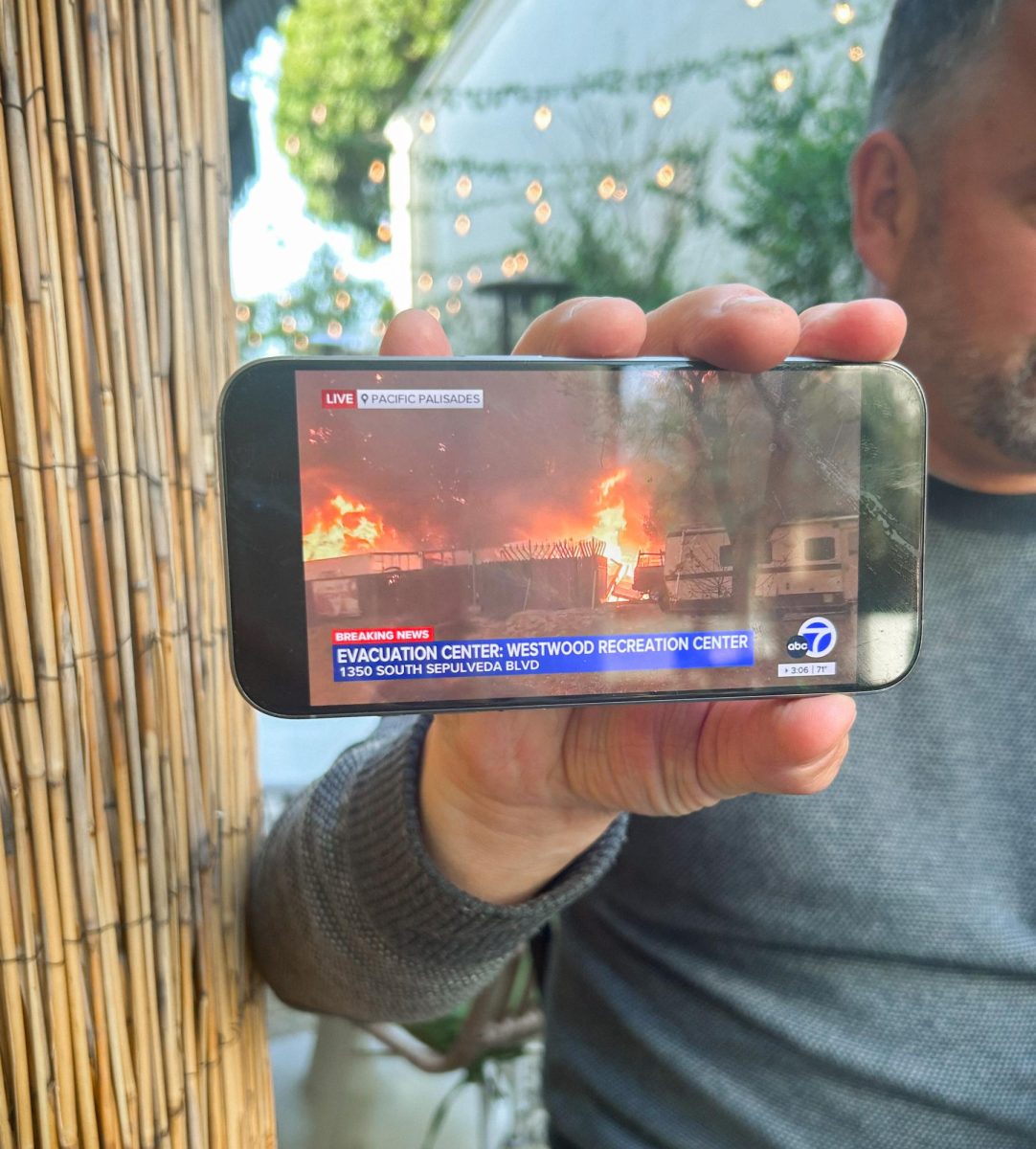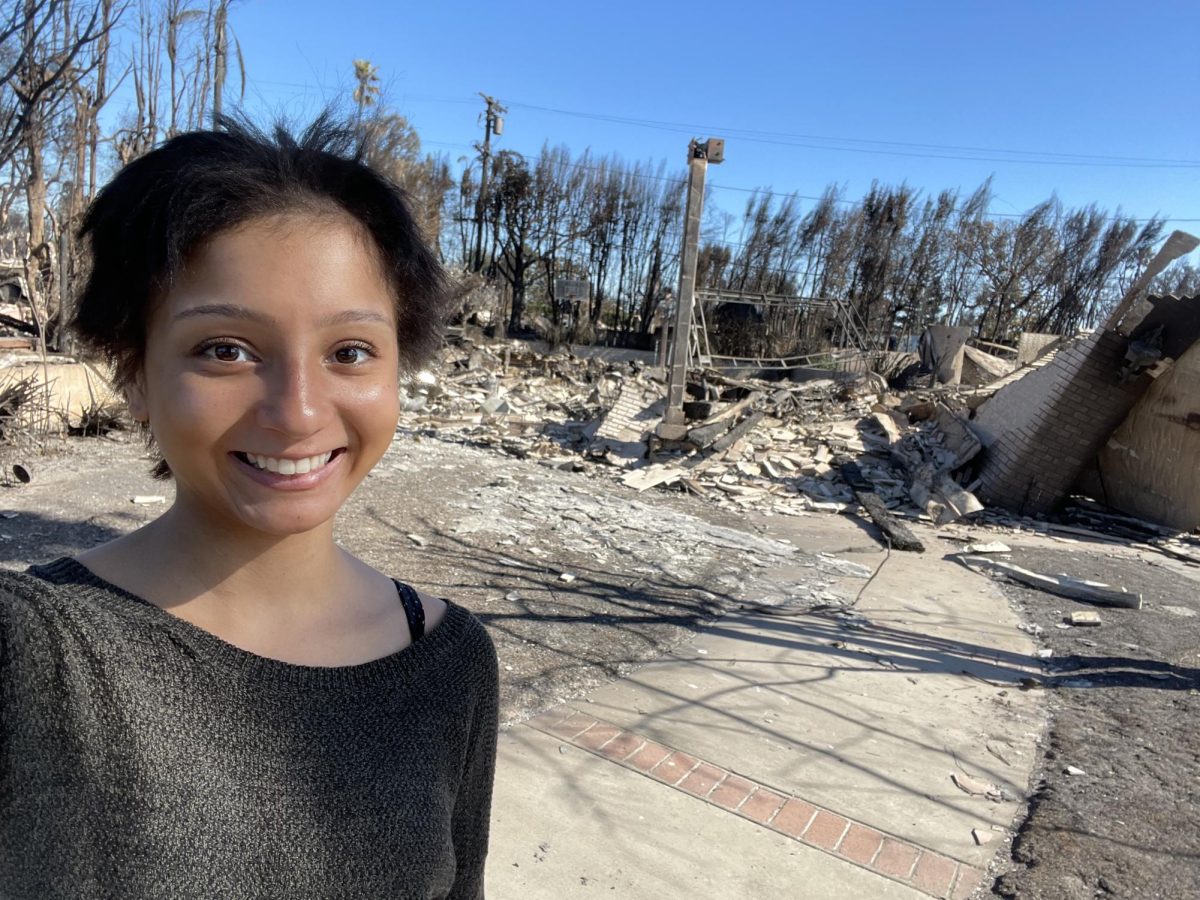Virtual Learning Takes a Toll on Attendance Rates
May 18, 2021
For the better part of the 2020-21 school year, nearly 15 percent of Pali students have been chronically absent, up more than five percentage points from the year before, Pali’s attendance office reports.
Chronic absenteeism — when students are absent more than 10 percent of the school calendar year — has increased “due to the devastating effects of COVID-19,” said Amy Okafor, Pali Attendance Director.
Once upon a time, all that students sitting in classrooms needed to do was answer “Here!” when the teacher in the room took attendance. But since March 2020, when teachers started interacting virtually, attendance has been a student responsibility. Even if a student is attending class and participating on Zoom, if that student does not go to Infinite Campus and log their attendance in the allotted hour, they will be marked absent.
On average, approximately 300 students are regularly ignoring attendance procedures, Okafor said.
“The biggest factor to our drop in attendance is the switch from in-person instruction to virtual instruction,” Okafor reported. “Under that umbrella, there are reasons, like technical difficulties, social-emotional, health and other factors, that have affected student attendance.”
Junior Aaron Sabeti has firsthand struggles with attendance this semester, currently boasting an astounding 93 absences.
“I feel completely drained after almost three semesters of this online [school]. I’m really tired all the time now, and having to worry about attendance too isn’t helping,” he said. “It requires going on another tab, refreshing the page, clicking on the class, it’s just so many button clicks for 8:30 in the morning… I don’t have the hand-eye coordination for this.”
Like many other students, Sabeti said he is worried about the implications his absences might have on his final transcript.
“On one hand, I don’t want not signing in to result in failing grades for all my classes,” he explained. “But on the other, I’m in too deep to the point where even if I started to sign in now it probably wouldn’t make much of a difference.”
Sabeti claims that he is racking up absences for classes he is attending.
“It’s not like I’m skipping class or anything,” he said. “I still show up every day and put in the work… I pretty much just always forget to sign in the first place. And even when I do remember, it’s such a hassle to get to.”
Okafor assures worried students that such absences won’t have negative consequences.
“The PCHS Board of Trustees suspended the PCHS Attendance Policy during eLearning, so attendance has less potential impact on a student’s grade than in normal times,” she said. “There is a lot of valuable information in a student’s permanent record, however, and attendance is one of them… Sometimes employers may contact the school and teachers to ask about how reliable or dependable a prospective employee is.”
Okafor advises students with an outstanding number of absences that they can mitigate the errors.
“If a student finds that there is a discrepancy in their attendance, they should reach out to their teachers directly and ask them to email [email protected] to verify their participation in their class,” she said. “Once we get the teacher’s confirmation, we can make the correction.”
During a typical school year, Okafor said that Pali is funded based on current year Average Daily Attendance (ADA). Due to the COVID-19 pandemic, however, this year’s funding is based on the 2019-20 ADA. A drop in attendance can still potentially lead to budget, staffing and program cuts in the future, as upcoming funding plans are not yet finalized, Okafor reported.
To circumvent potential low attendance rates next school year, the attendance office plans to recognize Attendance Awareness Month next September to underscore the importance of attendance to the Pali community.
As the school year comes to a close, Okafor encourages students to attend class and remember to register their attendance.
“You are learning time management, how to be resourceful, communication and critical thinking skills, ethics and responsibility, and a wealth of other skills,” she said. “Showing up for class matters! Teachers work hard at what they do, and you cannot benefit from investments in the engaging and high-quality instruction they provide unless you are prepared and present in their classroom.”


